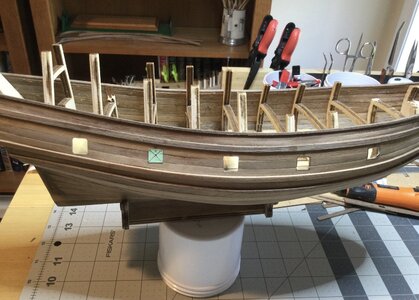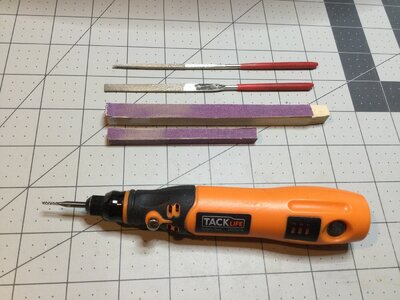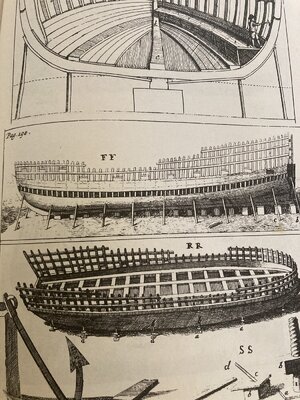Okie Dokie. Before I start beating up on my little hull to cut in the gun ports I’d like some information on the “How To”. My first experience with that in a build was several years ago and it wasn’t a pretty picture.
Some of the Methods.
”Mark out the gun ports, drill a series of holes inside the marked lines and file the drilled out portion into the gun port shape”
”Mark out the gun ports, use a sharp blade to cut inside the marked lines, remove the material and file the opening into the gun port shape”
“Mark out the gun ports, use a chisel to cut out the gun port shape and file the opening into the gun port
shape”
I’m curious, what do the Masters do
Some of the Methods.
”Mark out the gun ports, drill a series of holes inside the marked lines and file the drilled out portion into the gun port shape”

”Mark out the gun ports, use a sharp blade to cut inside the marked lines, remove the material and file the opening into the gun port shape”

“Mark out the gun ports, use a chisel to cut out the gun port shape and file the opening into the gun port
shape”

I’m curious, what do the Masters do








